1. The Man from Planet X (1951)
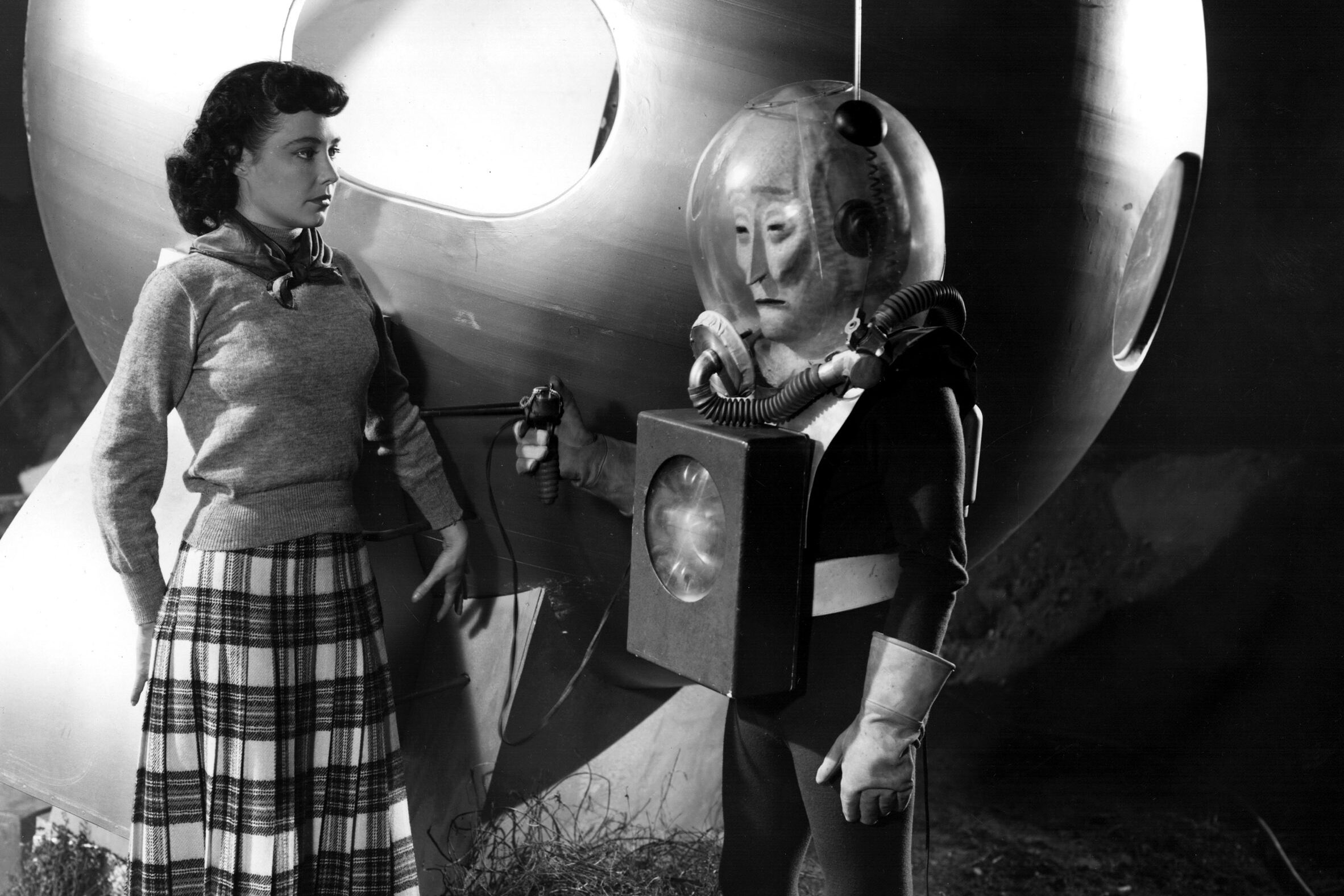
This eerie, low-budget sci-fi gem came out just before the UFO craze truly took off, making its depiction of alien contact feel strangely prophetic. Instead of the usual hostile invaders, the film presented an alien visitor who might be peaceful—or might not be, depending on how humanity treats him. The fog-drenched atmosphere and haunting score give it a dreamlike quality, making it stand out from the era’s more bombastic sci-fi flicks. It also explores themes of scientific ethics and media sensationalism, both of which are still incredibly relevant today says IMDb.
The design of the alien, with its oversized head and expressionless face, influenced countless sci-fi creatures that followed. The film also subtly critiques Cold War paranoia, showing how fear can turn a situation dangerous before we even understand what’s happening. Considering how many modern movies still struggle to depict aliens as anything other than aggressive monsters, The Man from Planet X was surprisingly forward-thinking. It’s a must-watch for fans of moody, atmospheric science fiction.
2. Five (1951)
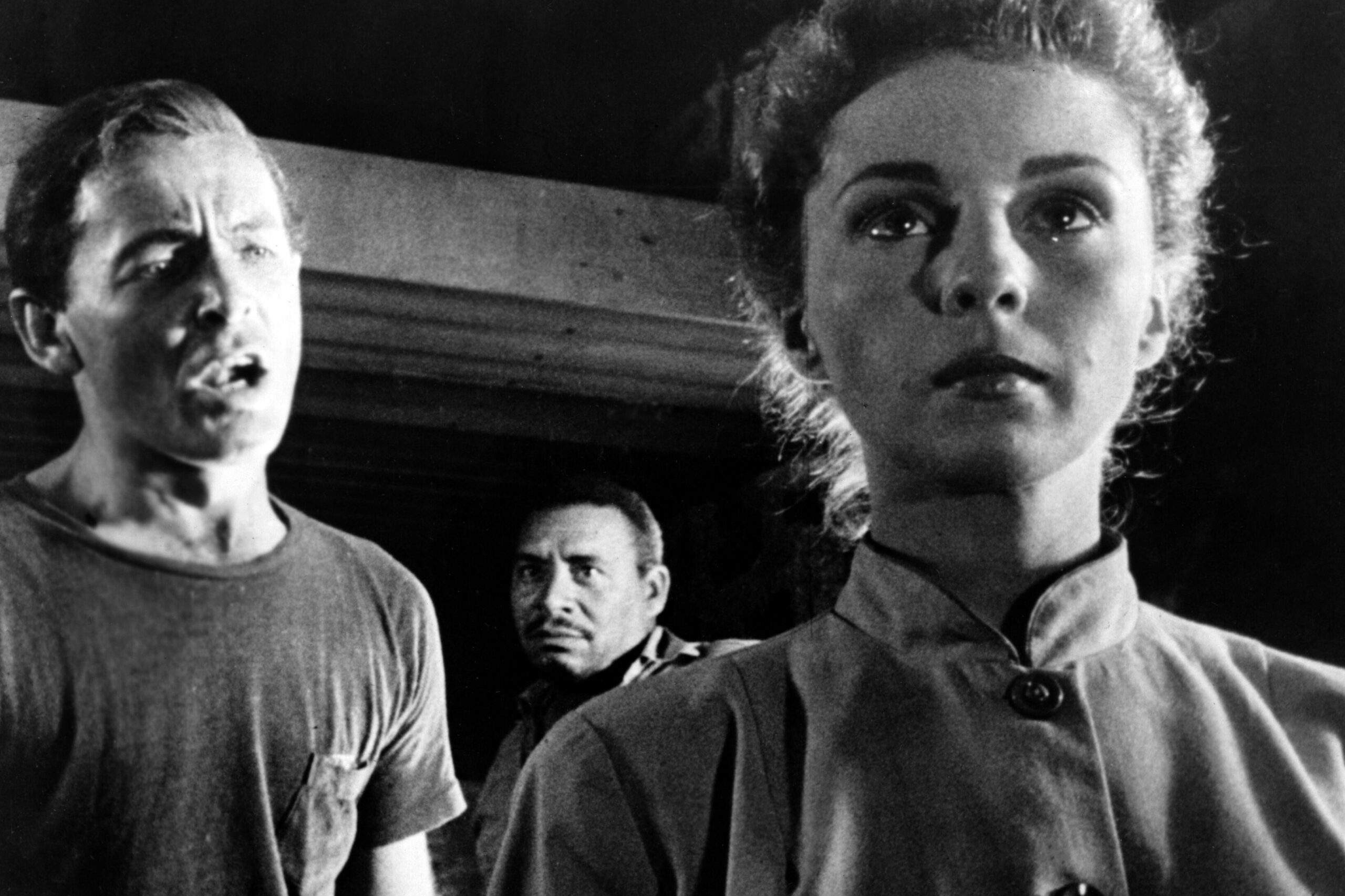
This might be one of the earliest films to tackle life after nuclear devastation, and it does it with a strikingly intimate approach. Instead of showing grand explosions and military responses, Five focuses on five survivors struggling to rebuild in a world that’s been completely wiped out. It was shockingly realistic for the time, portraying racial tensions, gender roles, and human selfishness in a way that feels decades ahead of its era. There’s a quiet, almost poetic sadness to it, making it more than just another atomic-age thriller explains Wikipedia.
What really sets Five apart is its emphasis on psychological drama over spectacle. It doesn’t rely on giant ants or radioactive mutants to create tension; instead, it’s all about how people react when society collapses. This kind of small-scale, human-focused post-apocalyptic storytelling didn’t become mainstream until much later. If you’re used to fast-paced survival stories, Five might feel slow, but its thought-provoking themes still resonate today.
3. Red Planet Mars (1952)
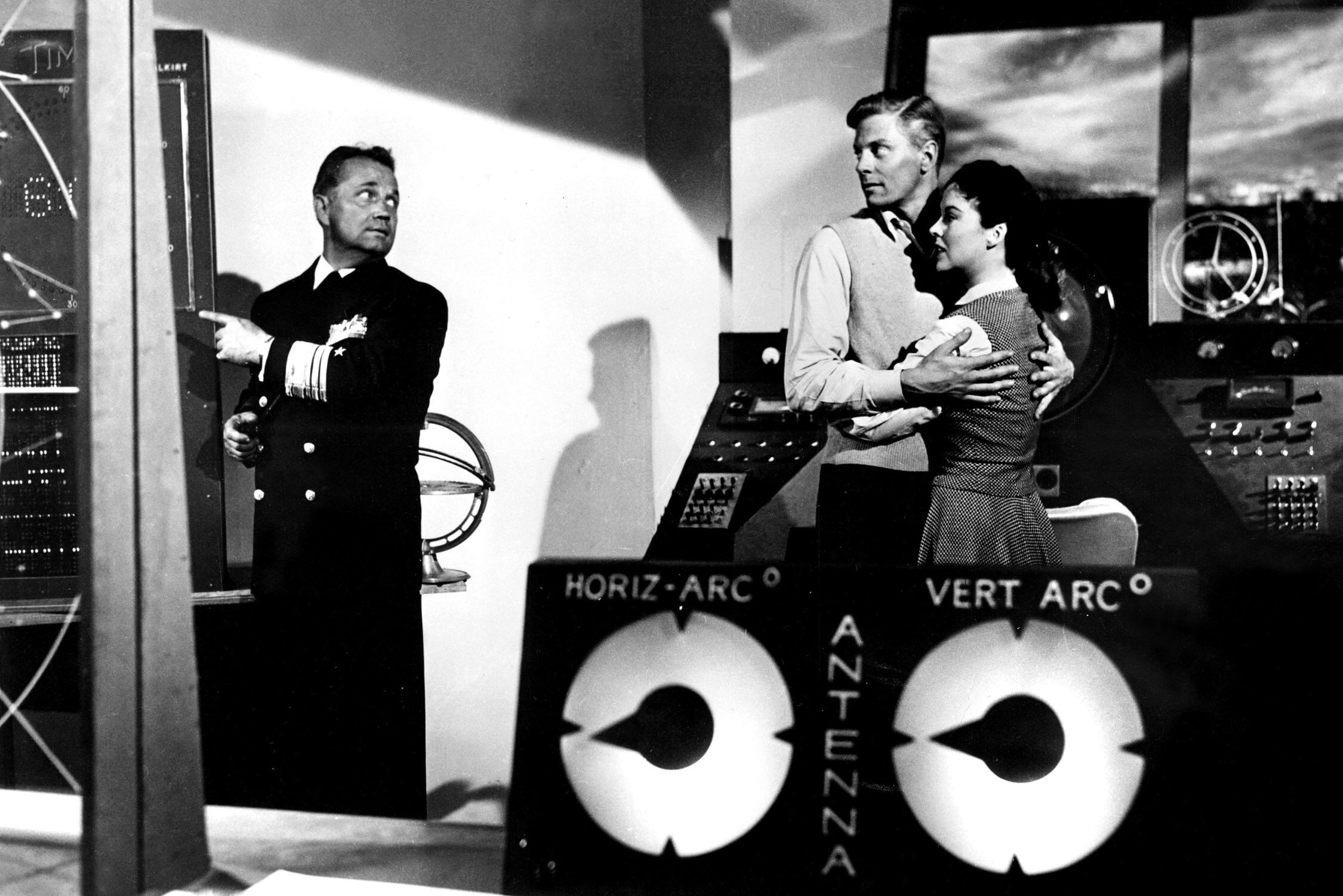
This one takes a wild premise—scientists receiving messages from Mars—and turns it into a full-blown commentary on politics, religion, and Cold War fears. It suggests that Mars is a utopian society where faith and science coexist, which then causes chaos on Earth as people react to the news. The movie leans heavily into its moral messaging, but it does so in a way that feels oddly prescient about how technology can shift public perception. In an era where information spreads faster than ever, its themes feel strangely familiar shares Rotten Tomatoes.
Though it’s definitely a product of its time, Red Planet Mars deserves credit for being one of the first movies to explore how contact with an alien civilization could impact human society on a global scale. It also predicts the power of mass media manipulation, an idea that’s only grown more relevant. The film’s mix of sci-fi, politics, and philosophy makes it stand out from the more action-heavy alien movies of the decade. It’s an odd but fascinating relic that feels like it was warning us about the future.
4. It Came from Outer Space (1953)

At first glance, this seems like just another flying saucer movie, but it’s got more on its mind than cheap thrills. Instead of portraying aliens as evil invaders, It Came from Outer Space suggests they might be more advanced and even more ethical than humans. That’s a huge departure from the usual “shoot first, ask questions later” attitude in ‘50s sci-fi. It also tackles paranoia and fear of the unknown, themes that were especially relevant during the Cold War.
The film’s visuals, particularly the alien point-of-view shots, were unique for the time and helped establish a more immersive style of storytelling. Plus, with a screenplay co-written by Ray Bradbury, you know the ideas behind it are more thoughtful than most of its B-movie peers. Modern sci-fi still struggles with nuanced depictions of extraterrestrial life, making It Came from Outer Space feel incredibly ahead of its time. If you want a ‘50s sci-fi movie that makes you think, this is a great place to start.
5. The Magnetic Monster (1953)
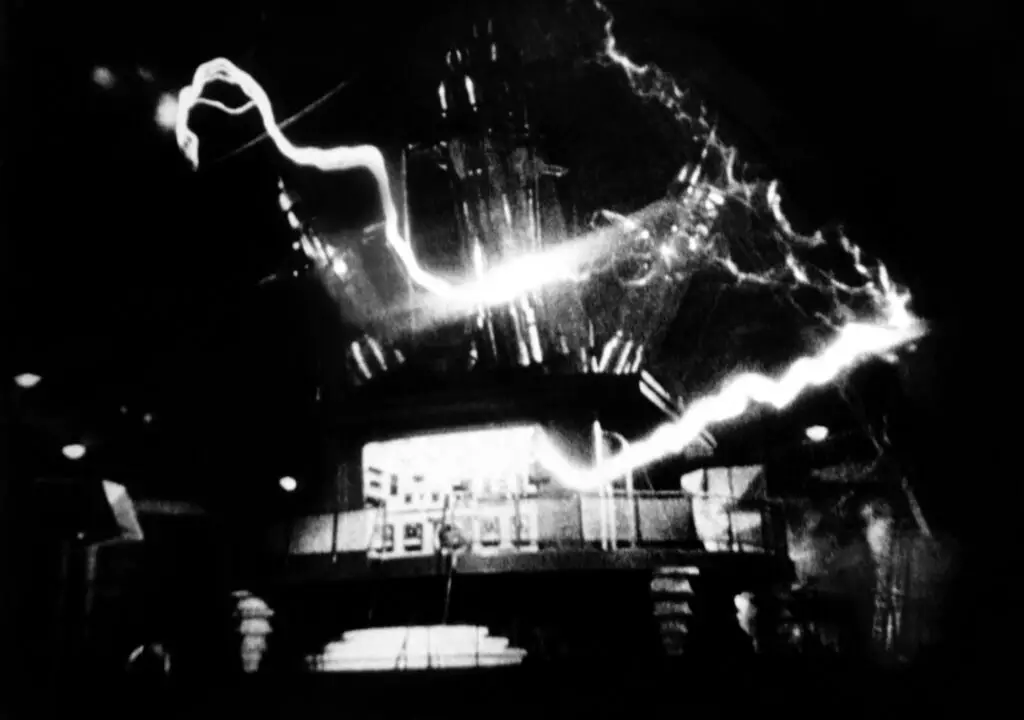
This one doesn’t get talked about much, but it’s essentially a prototype for the kind of serious, science-driven sci-fi that later defined the genre. Instead of giant monsters or alien invasions, The Magnetic Monster follows scientists dealing with a growing atomic menace—a self-replicating radioactive element. It was one of the first films to take a quasi-realistic approach to the dangers of atomic energy, long before the concept of “hard sci-fi” was popular. The film even attempts to explain its science in a way that feels more grounded than usual for the era.
The story is tense without relying on cheap action sequences, showing a genuine respect for science and research. It also predicts how unchecked technological advancements could spiral out of control, something that feels even more relevant today. While modern audiences might find its pacing a bit slow, its focus on scientific problem-solving over spectacle makes it a fascinating watch. It’s a rare ‘50s sci-fi movie that treats scientists like heroes instead of madmen.
6. Gog (1954)
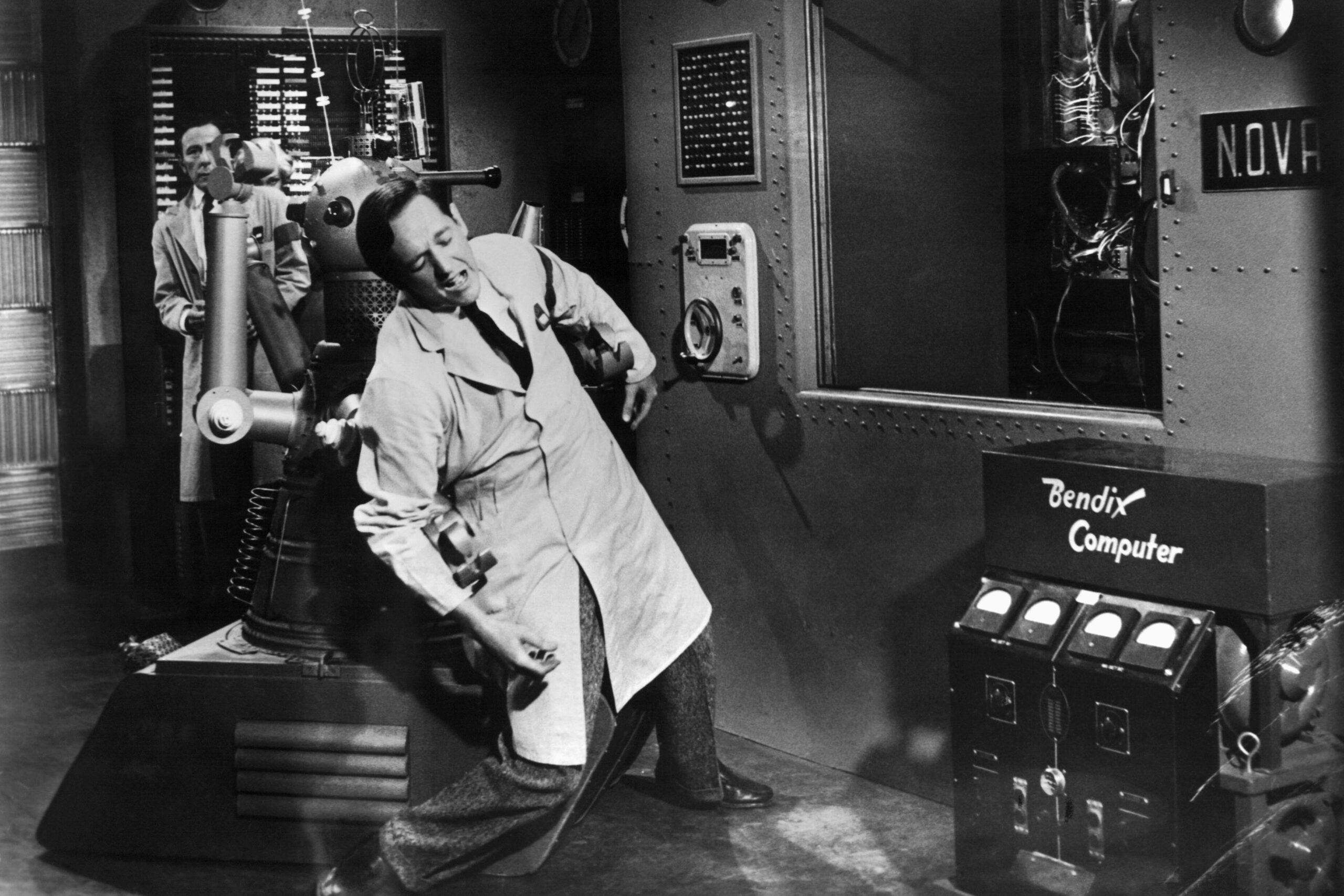
Most ‘50s sci-fi movies featuring robots depicted them as either clunky sidekicks or rampaging threats, but Gog takes a more nuanced approach. It explores the idea of artificial intelligence being manipulated by outside forces, a theme that feels eerily relevant in today’s world of cybersecurity concerns. The film takes place in an underground research facility, where a pair of scientists investigate a series of deadly “accidents” tied to a mysterious robotic system.
For a low-budget movie, Gog has some impressively ahead-of-its-time ideas about automation and surveillance. It even features early discussions about machine learning and remote control systems, concepts that would take decades to become reality. While it might look dated now, the film’s warnings about technological dependency feel more relevant than ever. If you like your sci-fi with a touch of conspiracy thriller, this one is worth seeking out.
7. World Without End (1956)
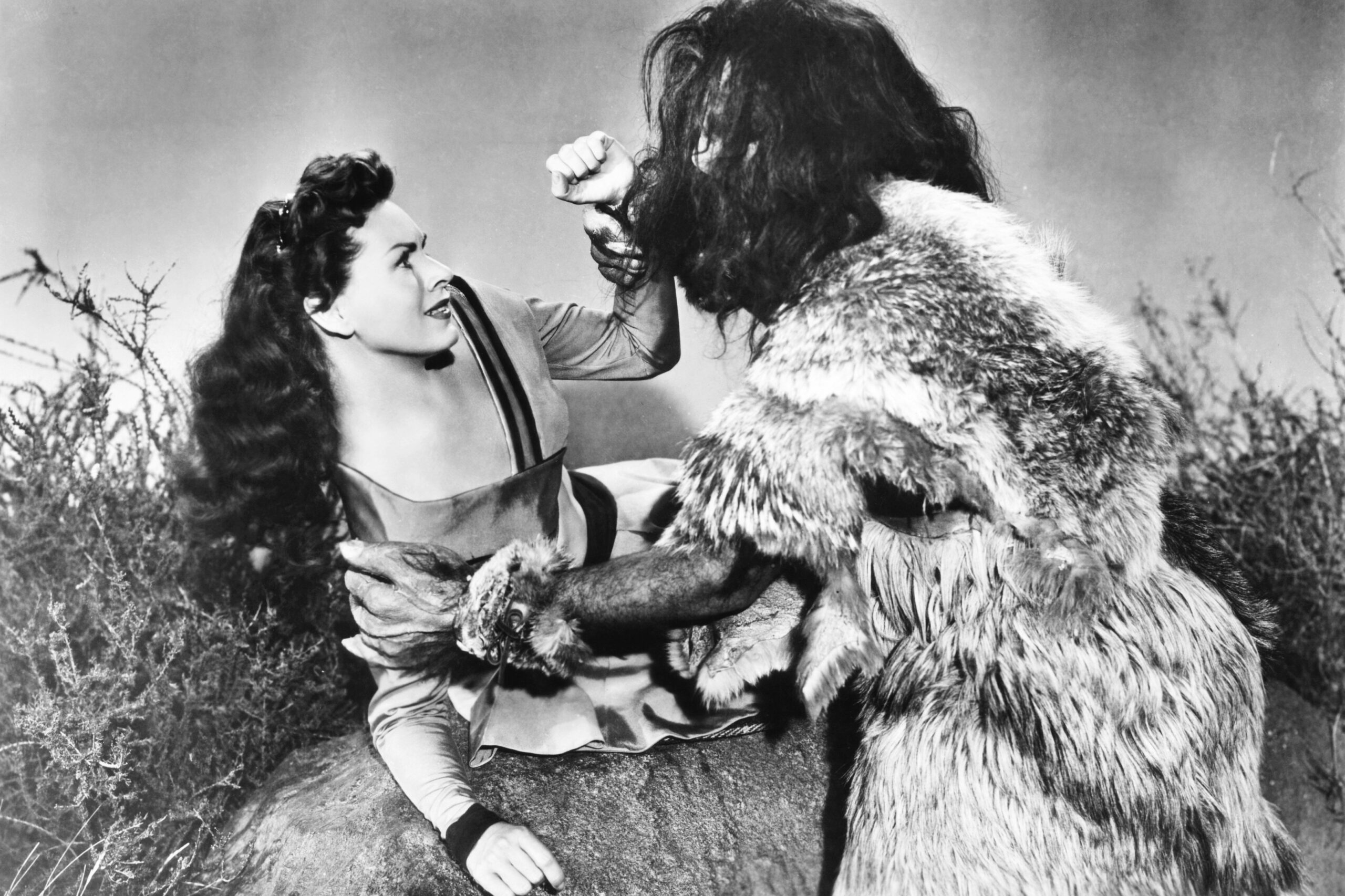
This might be one of the first movies to use time dilation as a major plot point, something that wouldn’t become a common sci-fi trope until decades later. A group of astronauts thinks they’ve landed on another planet, only to realize they’re actually on Earth in the distant future. Civilization has collapsed, and what’s left is a world divided between mutated savages and an underground society of intellectuals.
It’s got a surprisingly optimistic take on scientific progress, arguing that knowledge and cooperation can rebuild even a shattered world. The film also presents an early version of the “astronauts as explorers of time” concept, which later became a staple of sci-fi storytelling. While the special effects are definitely of their time, the themes hold up surprisingly well. It’s a fun mix of adventure, post-apocalyptic drama, and forward-thinking sci-fi.
8. The 27th Day (1957)
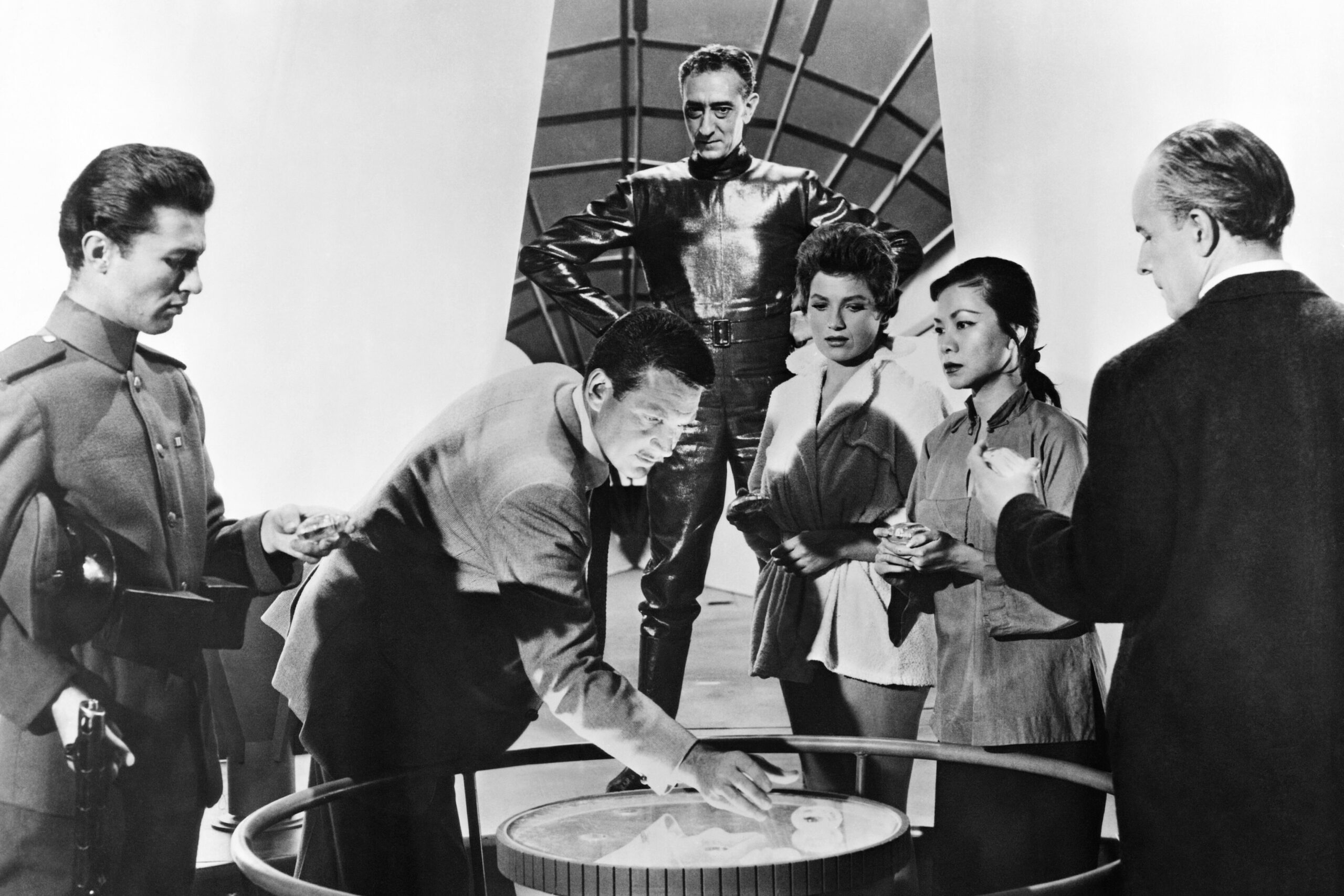
Instead of the usual alien invasion, this one offers a psychological twist: five people from different countries are given the power to destroy the world. The aliens don’t attack, they just observe, seeing if humanity can resist its own destructive tendencies. It’s a high-concept premise that feels way ahead of its time, touching on Cold War anxieties in a much more thoughtful way than most movies of the era.
The film raises moral and ethical dilemmas that are still debated today, especially about the responsibility of power. It asks big questions about human nature, war, and whether we’re ultimately doomed to destroy ourselves. It’s a sci-fi movie that values ideas over spectacle, which makes it stand out even today. If you’re looking for something a little more cerebral than your average ‘50s alien flick, this one is a hidden gem.
9. The Monster That Challenged the World (1957)
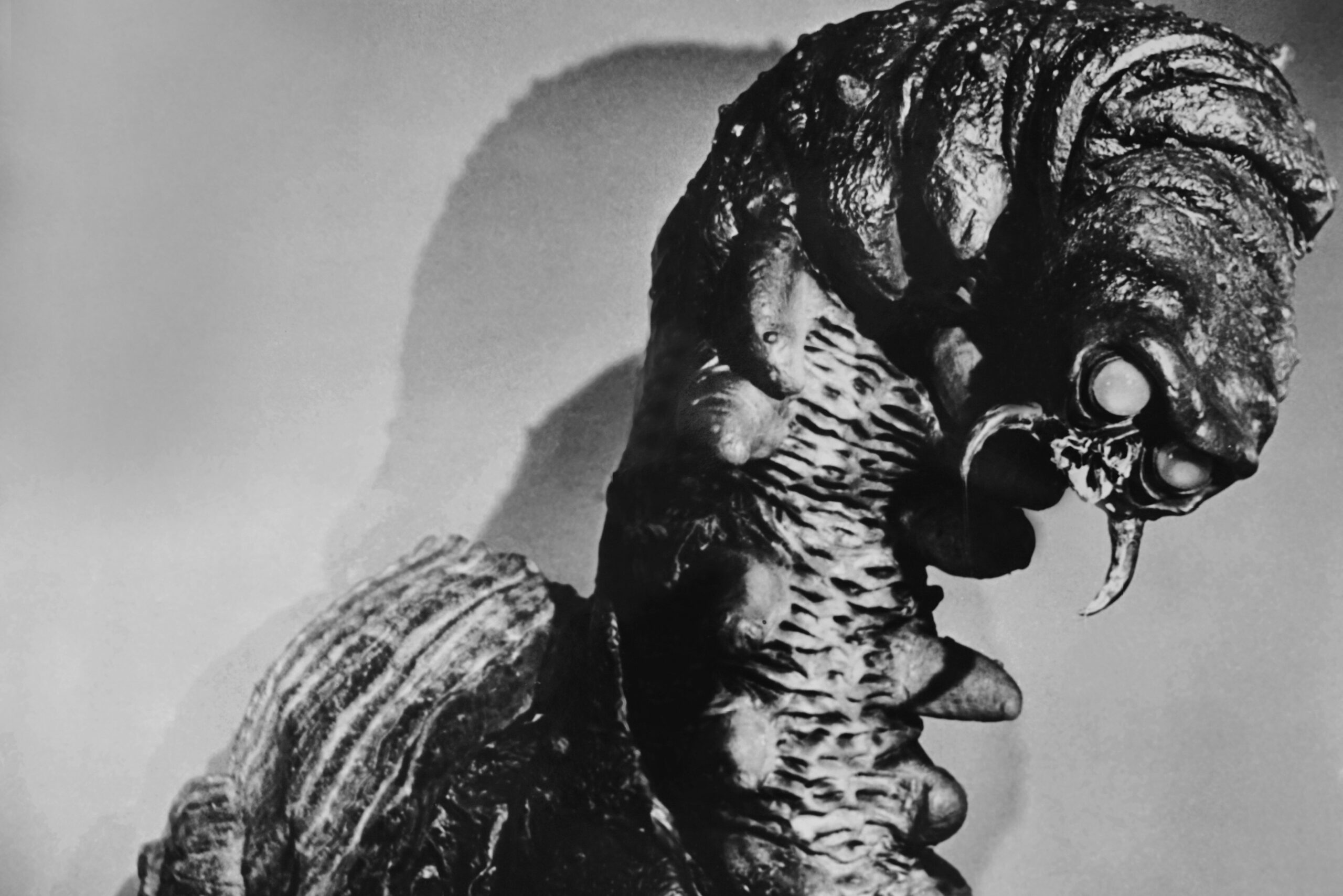
At first glance, this seems like another generic monster movie, but it’s surprisingly well-crafted and full of interesting ideas. The plot follows a group of scientists and military personnel as they try to stop a colony of massive, prehistoric sea creatures awakened by an earthquake. Unlike many of its contemporaries, this film takes a more scientific approach, with the characters actually trying to understand the creatures rather than just blasting them away immediately. It also takes its time building suspense, making it feel more like a thriller than a typical creature feature.
The film’s underwater sequences and special effects are also better than most B-movies of the era, making it stand out visually. But what really makes it ahead of its time is its environmental message—long before ecological concerns became a mainstream part of sci-fi, this movie subtly warns about mankind’s impact on nature. It suggests that disturbing the natural order can have unexpected and dangerous consequences, a theme that’s even more relevant today. If you think all ‘50s monster movies were just cheesy fun, this one might surprise you.
10. The 4D Man (1959)
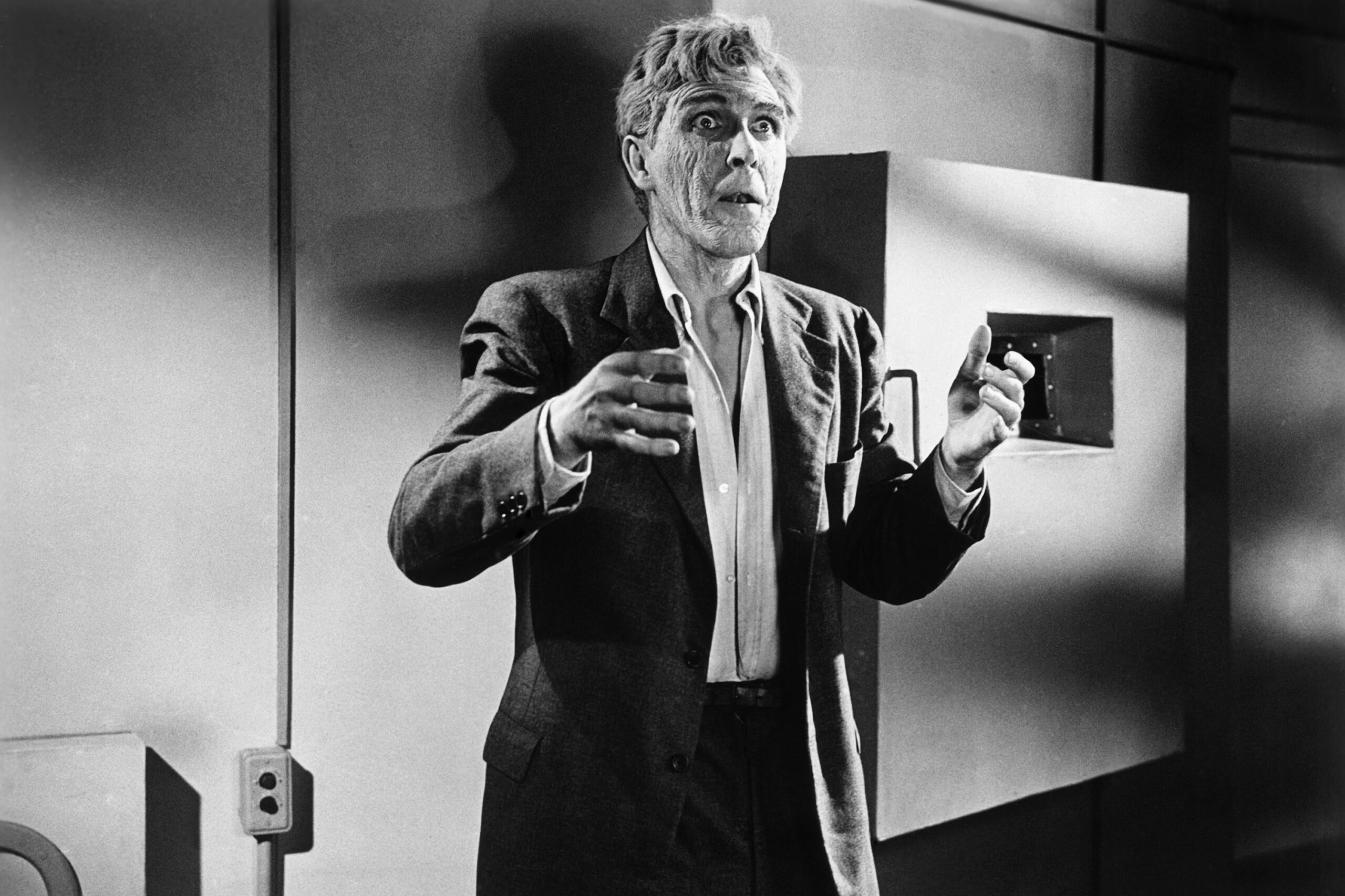
This film takes a more intellectual approach to the concept of superpowers, focusing on a scientist who develops the ability to pass through solid objects. Instead of turning him into a superhero, though, the experiment slowly drives him mad. The film is one of the earliest to explore the idea of scientific discovery leading to personal destruction, a theme that later became common in stories about artificial intelligence and genetic engineering. It’s also one of the few sci-fi films of its time to emphasize character psychology over flashy action.
The special effects, while simple by today’s standards, were innovative at the time and help sell the eerie, almost ghostly nature of the protagonist’s powers. More than just a sci-fi thriller, The 4D Man raises ethical questions about scientific ambition and the consequences of unchecked experimentation. Its blend of science fiction and psychological horror makes it feel decades ahead of its time. If you’re into stories where science pushes people to their limits, this is a must-watch.
11. First Man into Space (1959)
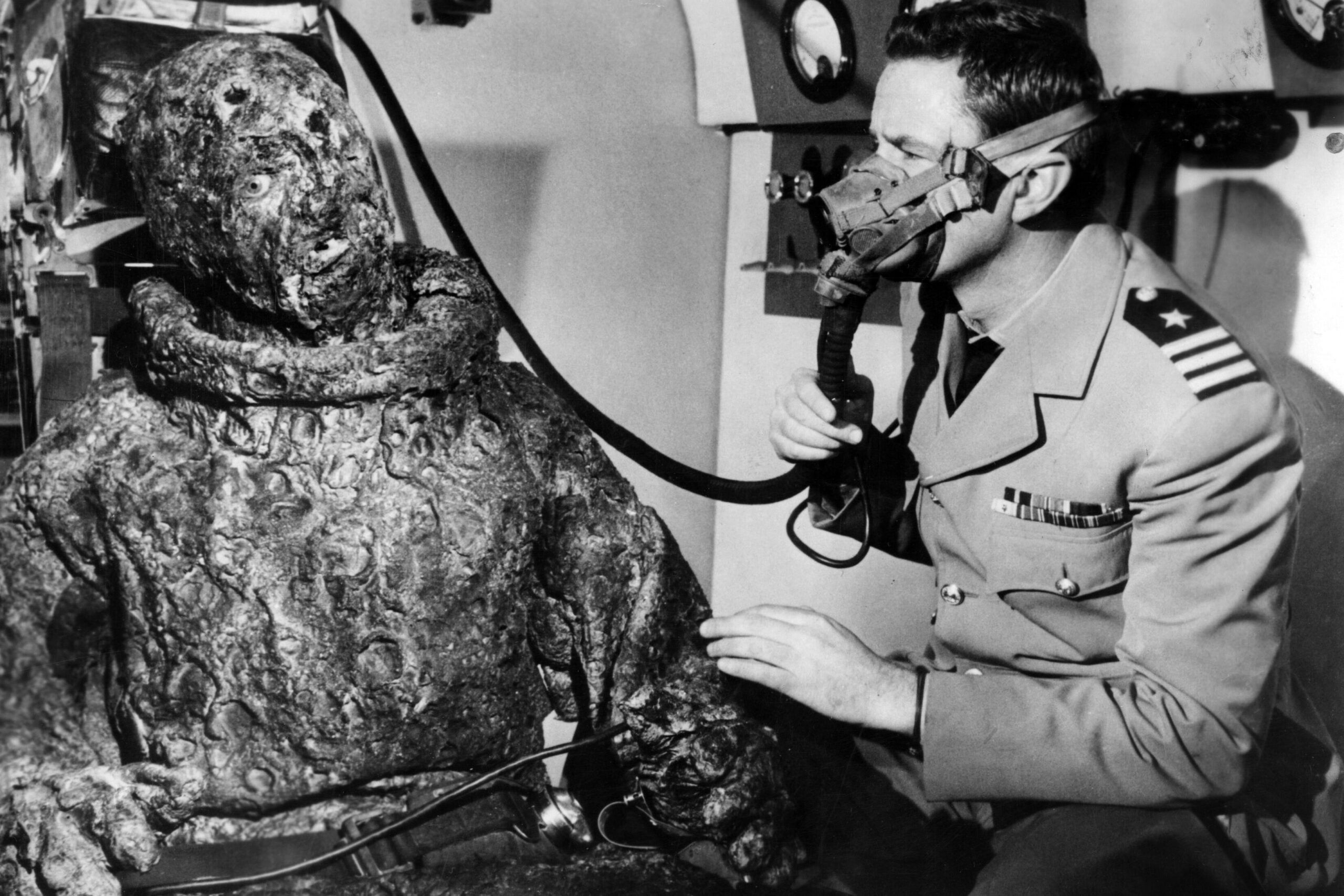
This one feels like a precursor to later body-horror sci-fi films like The Fly and Alien. The plot follows a test pilot who becomes the first person to leave Earth’s atmosphere, only to return horribly mutated after being exposed to cosmic radiation. Instead of simply becoming a monster, though, the film explores the psychological and physical toll of space travel in a way that was rare for the time. It’s one of the first movies to consider the idea that humans might not be built for the dangers of outer space.
The film’s unsettling atmosphere and slow-burn horror elements make it stand out from the usual space-exploration fare of the era. It also touches on themes of human ambition, hubris, and the unforeseen consequences of pushing scientific boundaries. In many ways, it anticipates later films that depict space as something terrifying and unpredictable. If you like your sci-fi with a dose of eerie existential dread, this one is definitely worth checking out.
12. The World, the Flesh and the Devil (1959)
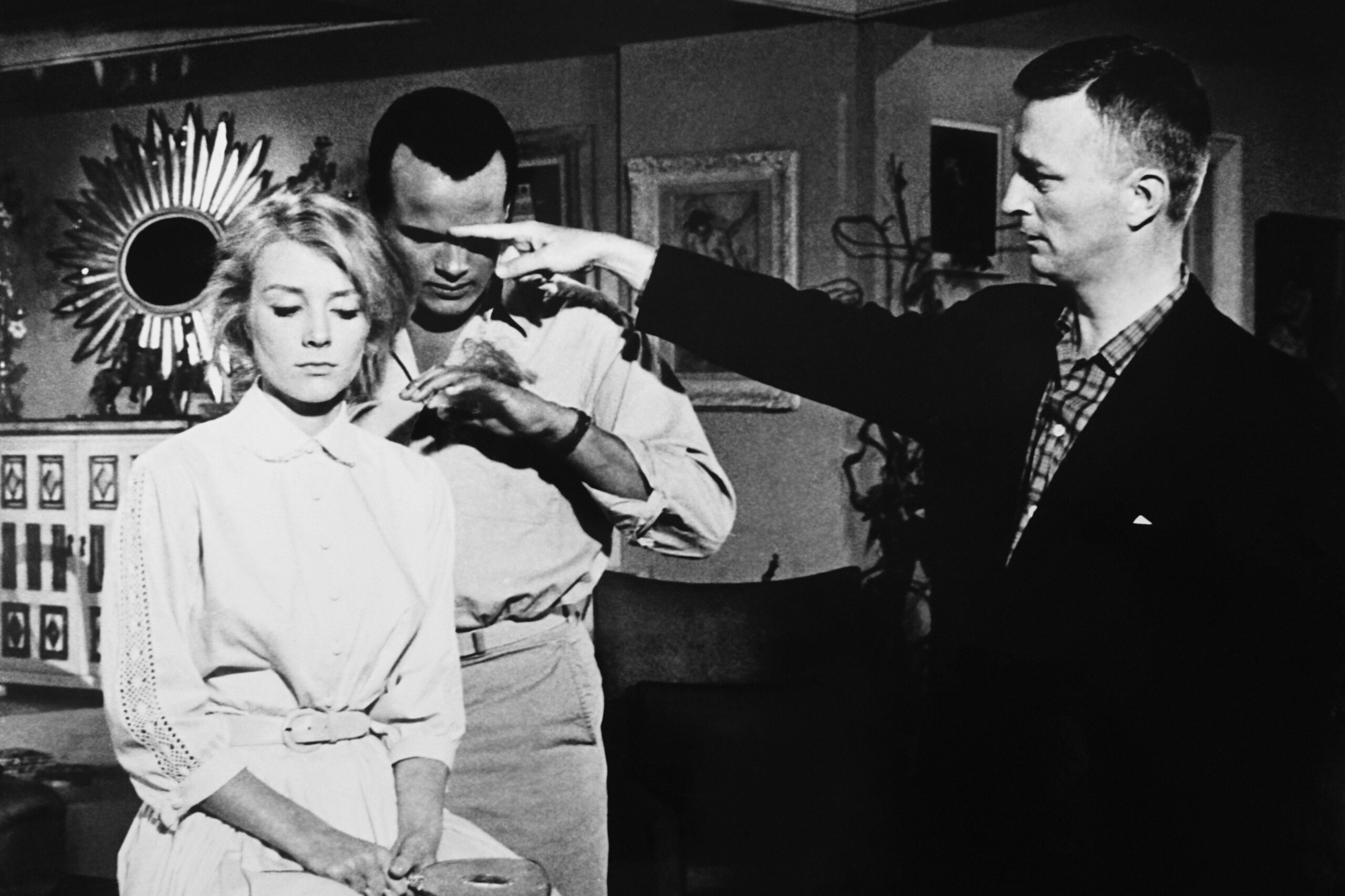
For a ‘50s sci-fi film, this one was shockingly bold in its social commentary. It follows a Black man who believes he’s the last person on Earth after a nuclear disaster, only to eventually find two other survivors—a white woman and a white man. The movie uses its apocalyptic setting to explore race, gender dynamics, and human nature in ways that most mainstream films of the time wouldn’t dare touch. It’s a sci-fi film, but it plays more like a thoughtful drama about survival and societal norms breaking down.
What makes it so ahead of its time is its willingness to confront uncomfortable topics like racism and power struggles, all while maintaining a gripping narrative. It doesn’t rely on aliens, monsters, or elaborate special effects, but instead forces its characters to deal with the reality of being alone in a world that no longer has rules. Its themes are still incredibly relevant today, making it feel strangely modern despite its age. If you’re looking for a ‘50s sci-fi movie that actually challenges social norms, this is one you shouldn’t miss.
